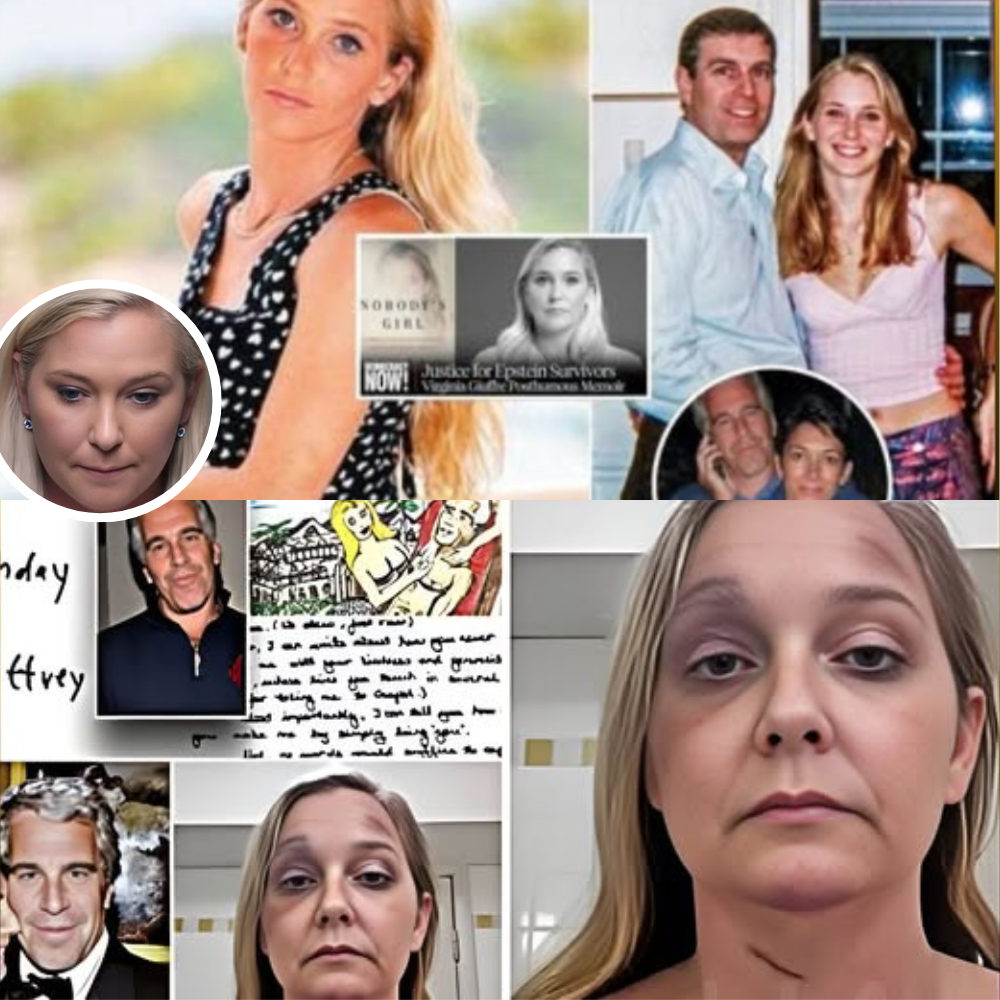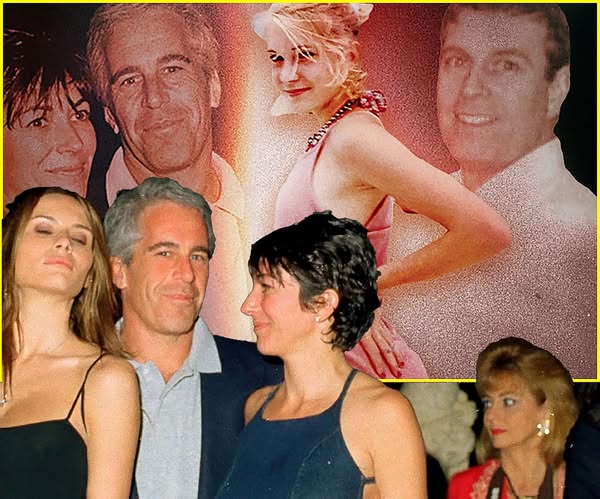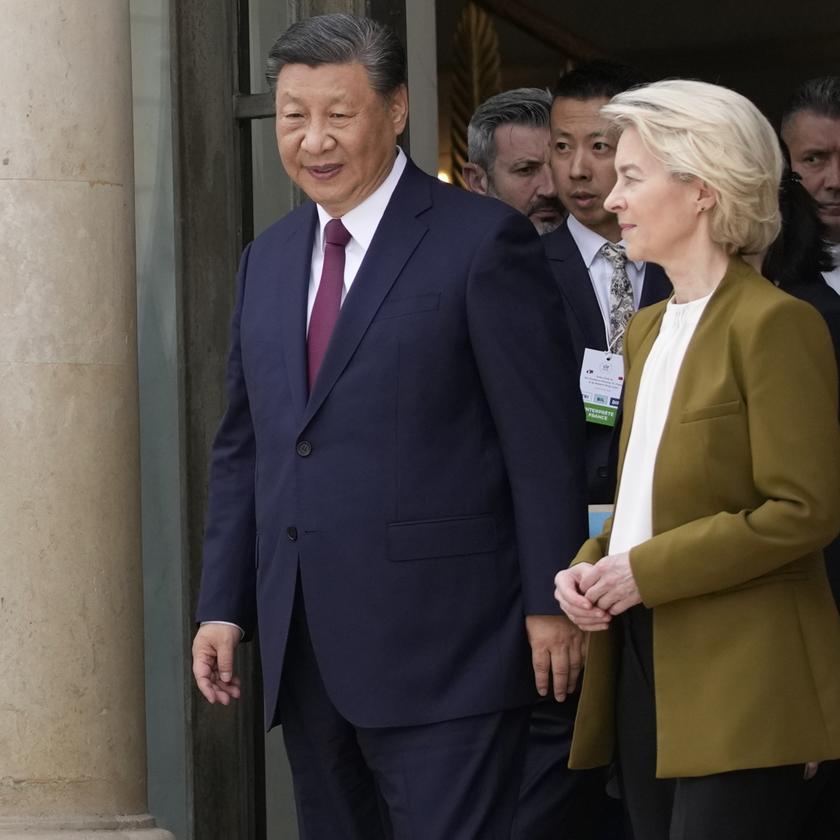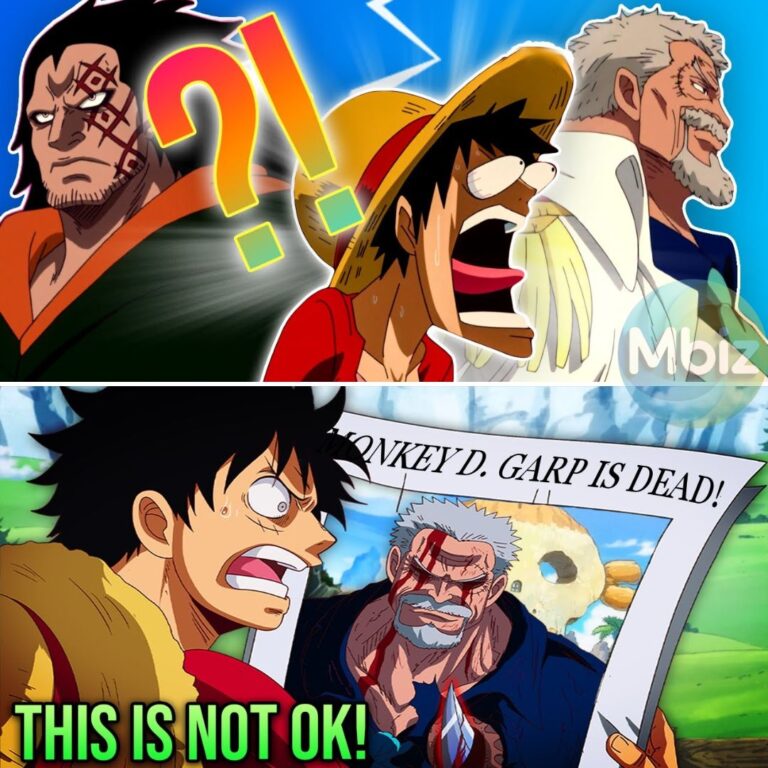This isn’t a documentary — it’s a truth they tried to erase. 
When Netflix drops a bomb, it usually means algorithms and awkward family arguments. But with “Nobody’s Girl: The Untold Truth of Epstein’s Victims,” premiering October 21, 2025 – exactly one month ago today – the streaming giant unleashed something far more seismic: a four-part gut-punch that resurrects Virginia Giuffre’s voice from beyond the grave, forcing the world to stare down the rotting core of Jeffrey Epstein’s sex-trafficking web. Giuffre, the 41-year-old survivor who clawed her way from Epstein’s Palm Beach hell to the front lines of justice, didn’t live to see it air. She took her own life in February 2025, amid a storm of threats, lawsuits, and the soul-crushing weight of being the woman who named names. But her final interview – raw, tear-streaked, and recorded just weeks before her death – anchors this series like a grenade pin pulled halfway. “They thought they could bury me,” she says in the opening frame, her eyes locked on the camera. “Watch me rise.”

The doc, co-produced by Emmy winners Adam McKay (The Big Short) and Oscar-nominated director Nanette Burstein (Hillary), syncs perfectly with Giuffre’s posthumous memoir of the same name, hitting shelves the same day. It’s no coincidence – producers call it a “cultural double-tap,” designed to hammer home revelations that have already sparked congressional subpoenas, Buckingham Palace damage control, and a 1,500% spike in pre-order sales for the book. Over 50 million streams in its first week alone, per Netflix data, with #Nobody’sGirl trending globally and protest chants echoing from London to L.A. This isn’t recycled scandal porn; it’s a forensic autopsy of how the elite – billionaires, royals, politicians – built a fortress of NDAs, payoffs, and “suicide” notes to shield their sins. And Giuffre? She’s the ghost at the feast, her posthumous fury lighting the fuse.

Episode 1, “The Bait,” rewinds to 2000 Miami, where 16-year-old Virginia Roberts – broke, bruised from foster care, and scraping by at a Mar-a-Lago spa – catches Ghislaine Maxwell’s eye. Archival footage rolls: grainy security cams of Epstein’s black SUV circling the resort, Maxwell’s clipped British accent pitching “modeling gigs” over spa towels. Giuffre’s voiceover, from that final sit-down, cuts like glass: “She called me ‘fresh meat.’ Said I’d meet princes and presidents. I just wanted a paycheck.” Cut to smuggled Polaroids – never-before-seen – of a teen Giuffre in a bikini on Epstein’s yacht, timestamped 2001, her smile forced under Maxwell’s arm. The episode unspools the grooming: Epstein’s “massage” sessions turning violent, Maxwell playing madam with a Rolodex of the rich. By the 30-minute mark, viewers are introduced to the Lolita Express flight logs, redacted no more, listing passengers like Bill Clinton (26 trips, no island visits per his denials) and a certain “Duke of York” whose London townhouse gets a shadowy tour.

But it’s Episode 2, “The Island Auction,” that detonates. Drawing straight from Giuffre’s memoir, directors weave in her diary entries – digitized pages flipping on screen like a horror flipbook – detailing “parties” on Little St. James where girls were paraded like livestock. “It wasn’t sex; it was commerce,” Giuffre narrates, her voice cracking over drone shots of the now-demolished blue-striped temple where Epstein allegedly filmed it all. Unseen victim footage drops like anvils: shaky iPhone clips from 2002, smuggled by a survivor, showing Epstein laughing with Jean-Luc Brunel (the modeling scout later charged with rape) as teens in lingerie mingle with suited guests. Names tumble out – Bill Richardson, the late New Mexico governor, denying a 2001 “favor” Giuffre claims left her catatonic; Alan Dershowitz, Epstein’s lawyer, blasting the doc as “fiction” in a pre-release interview clip that backfires when Giuffre’s emails surface, timestamped and authenticated. And Prince Andrew? The episode recreates that infamous 2001 London night with actors and Giuffre’s own sketches from her journal, ending on her settled $16 million payout: “He bought silence. I sold survival.”
The series doesn’t stop at horror – it hunts enablers. Episode 3, “The Firewall,” turns the spotlight on the 2008 plea deal, that sweetheart slap on the wrist engineered by Alex Acosta (Trump’s ex-Labor Secretary) letting Epstein serve 13 months with “work release” to his office. Reenactments sting: actors as prosecutors shredding victim statements, while Giuffre’s final interview intercuts with 2025 FOIA docs showing Acosta’s emails to Epstein’s team – “We’ve got your back.” Media gets skewered too: a montage of spiked stories, from Vanity Fair’s Graydon Carter killing a 2003 exposé to The New York Times passing on Giuffre’s pitches as “too tabloid.” “They protected him because he partied with their bosses,” Giuffre seethes, her words overlaid on redacted black bars lifting like smoke. Conspiracy whispers get airtime – Epstein’s “suicide” cell footage glitches in slow-mo, Maxwell’s prison letters calling Giuffre a “liar” debunked by flight manifests – but directors ground it in facts, interviewing FBI whistleblowers who claim 2019 raids missed a “D.C. vault” of blackmail tapes.
Episode 4, “Nobody’s Girl,” flips the script to triumph and tragedy. Giuffre’s daughters, now teens, read from her letters on camera – “Mom fought so you’d never know this fear” – as the screen fades to her 2015 defamation win against Maxwell, the spark for #MeToo’s trafficking wave. But the gut-punch lands in the finale: Giuffre’s last words, filmed in a dimly lit Perth hotel room, her hands trembling. “I’m tired of the shadows. This is for every girl they called disposable.” Cut to black, then credits roll over Bob Dylan’s “Nobody’s Girl,” her anthem of defiance. Post-credits? A teaser for unsealed 2026 files, with Giuffre’s vow echoing: “The list isn’t dead. It’s waiting.”
The backlash was instant – and ironic. Prince Andrew’s reps called it “defamatory drivel,” filing a preemptive UK injunction that Netflix swatted down with “truth as defense.” Maxwell’s lawyers from her Florida cell fired off cease-and-desists, only for the doc to include her 2022 trial footage where she smirks at Giuffre’s testimony. Wall Street titans – think a certain Microsoft founder regretting those “philanthropy” dinners – lawyered up, while D.C. insiders whisper of a House select committee reviving Epstein probes. Viewership skewed young: 60% under 35, per Nielsen, with TikTok stitches of Giuffre’s quotes racking billions, turning “Nobody’s Girl” into a tattoo mantra for Gen Z activists.
For survivors like Maria Farmer and Sarah Ransome, interviewed anew, it’s validation laced with rage. “Virginia gave us the map,” Farmer says in Episode 3. “Now we burn the house down.” Critics? Raves across the board – Rotten Tomatoes at 98%, The Guardian hailing it as “the most important doc since The Jinx” for its blend of intimacy and indictment. But the real measure? Protests: London crowds outside Andrew’s gate chanting Giuffre’s name; D.C. vigils demanding Acosta’s emails; even a “Nobody’s Girl” fashion line donating to trafficking orgs, outselling fast fashion overnight.
How did this stay hidden? That’s the chill Episode 4 leaves you with. Epstein didn’t build an empire alone – he weaponized wealth, whispers, and willful blindness. Giuffre’s doc doesn’t just expose; it indicts the air we breathe, the systems that let monsters mingle. In her final breath on screen, she whispers, “Light it.” Netflix did. Now the world’s on fire – and the untouchables are sweating.
As the credits fade, one truth lingers: Virginia Giuffre didn’t just survive. She scorched the earth. And in a world of polished lies, that’s the spark we didn’t know we needed.






